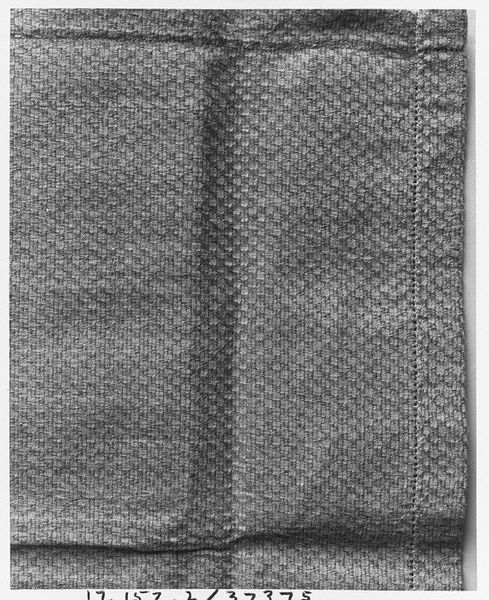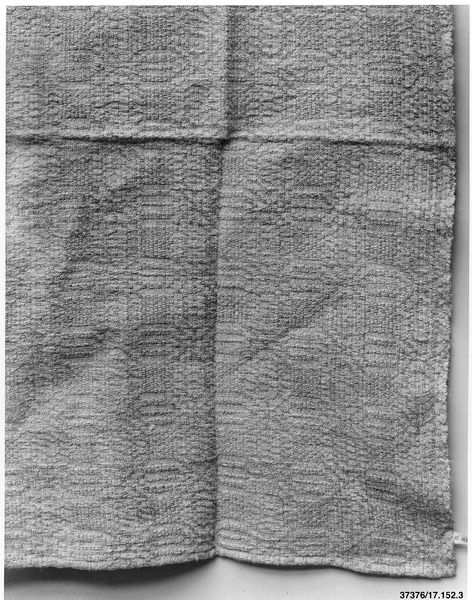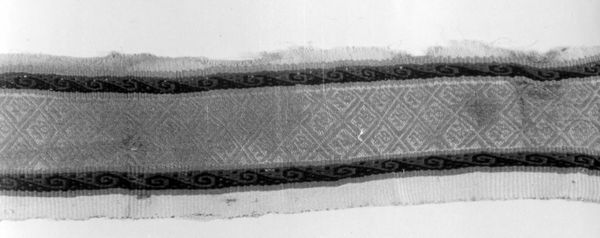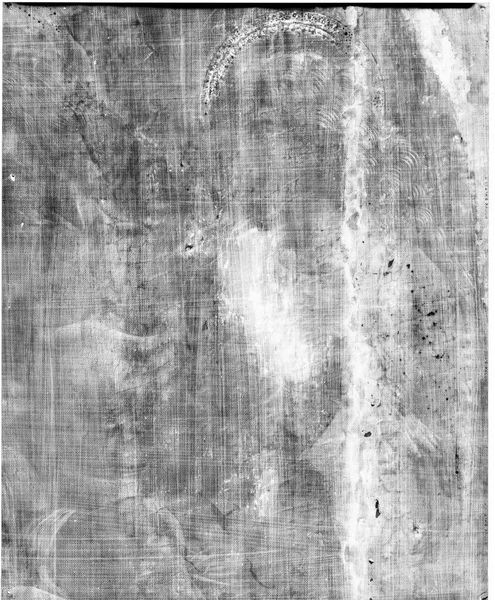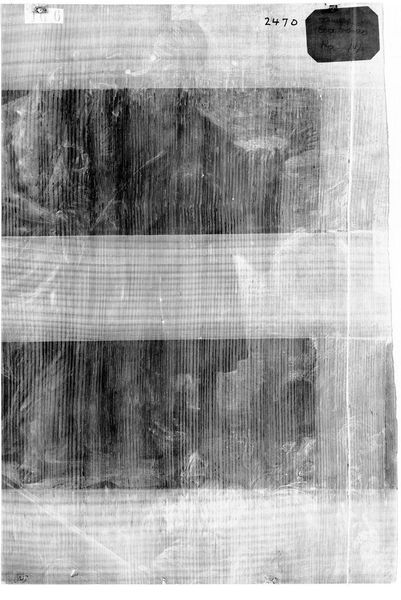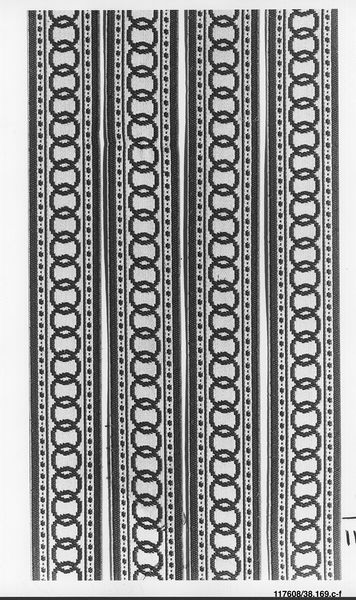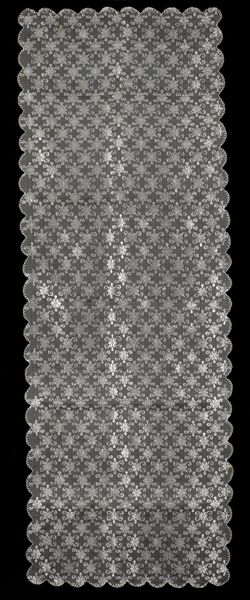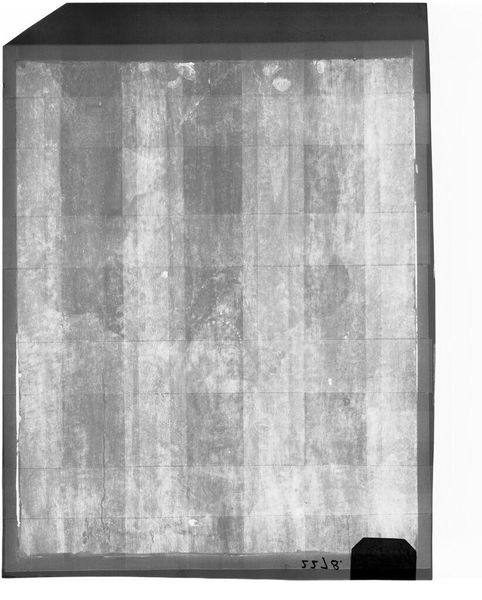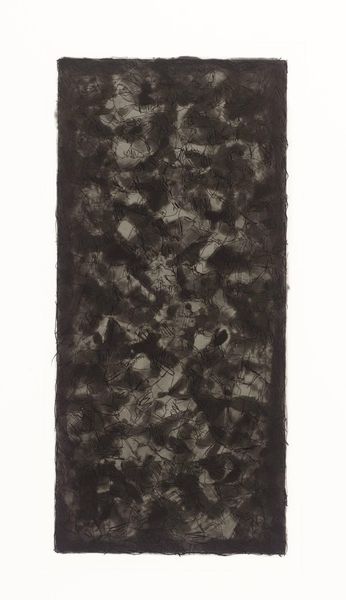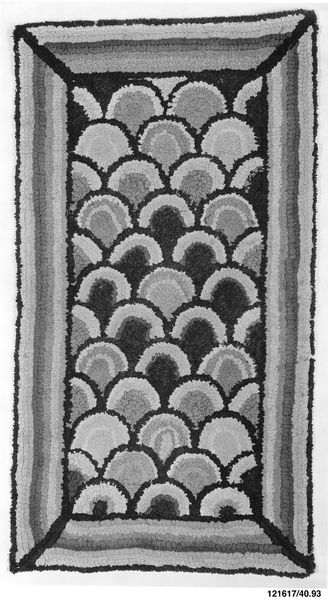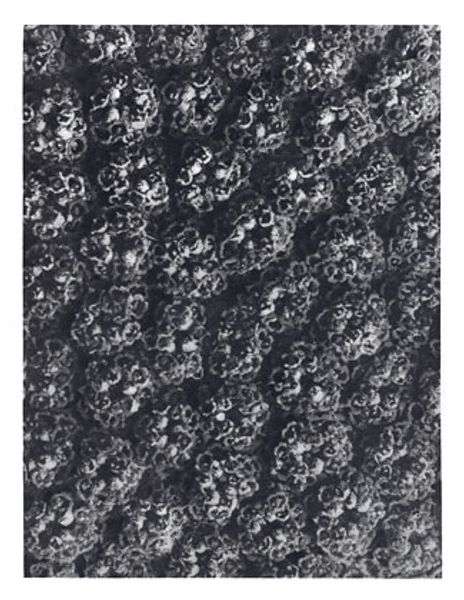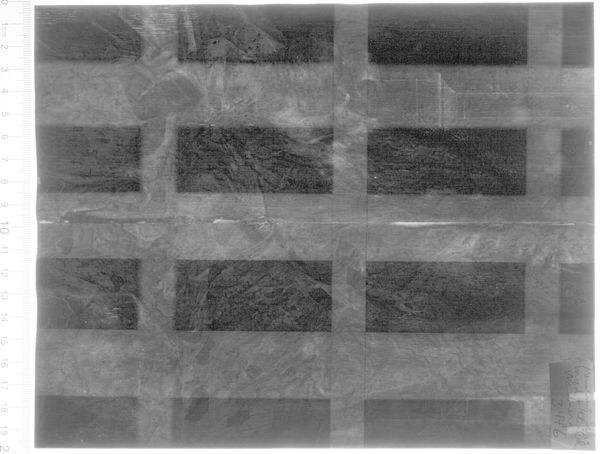
weaving, textile
#
weaving
#
textile
#
indigenous-americas
Dimensions: 39.4 × 7.0 cm (15 1/2 × 2 3/4 in.)
Copyright: Public Domain
Editor: So this textile, a "Neck or Armhole Panel," dates from sometime between 1000 and 1532, crafted by the Ica people. It is currently housed at the Art Institute of Chicago. The intricate weaving makes me wonder about the artist’s identity and social standing. What do you notice about this textile from a materialist perspective? Curator: I see a fascinating example of pre-Columbian textile production. Forget the artist's "genius" or self-expression. Let's think about the labor involved: cultivating cotton or collecting alpaca wool, preparing the dyes, the demanding process of weaving itself. These are acts of immense skill and time investment. Editor: So it’s less about artistic intention and more about the physical work itself? Curator: Exactly. Look at the geometry. Each precisely placed thread signifies labor, the social organization required to produce it, and the trade networks that facilitated access to raw materials. The fact that it's a fragment, probably from a garment, speaks volumes about value, use, and perhaps discard within Ica society. These materials speak of power. Editor: Interesting. I initially thought the geometric patterns held symbolic value. Curator: Of course, symbols were likely embedded. But for me, understanding the *making* reveals more than speculating about meaning. Consider the difference between hand-spun threads versus those made with later technologies, the impact of trade routes bringing different fibres. Think how a specific set of looms dictated how this object could exist in terms of image-making techniques through a time of significant development. What does it mean to transition between creating this art by hand, versus implementing machines to help? Editor: I see your point. Looking at the material reality forces me to consider the social structure supporting its production. I had been romanticizing indigenous American textiles, but focusing on the materials makes the culture come alive! Curator: Indeed, the raw materials and crafting process of these panels showcase a deeper look into a unique, beautiful time.
Comments
No comments
Be the first to comment and join the conversation on the ultimate creative platform.

